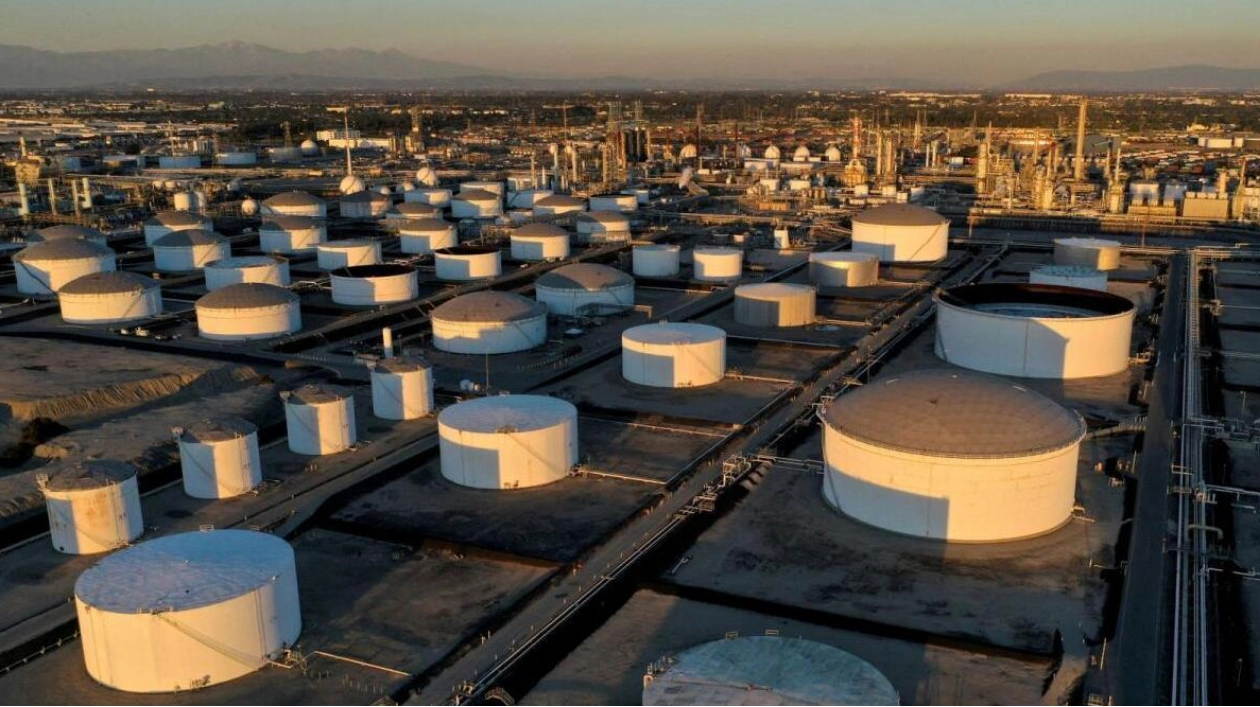US crude oil exports are expected to stabilize in 2024 following a period of robust growth, with domestic production set to experience the smallest increase since the pandemic amid a continued global oil demand slowdown. According to US government data, crude oil exports from US ports have averaged approximately 4.2 million barrels per day this year, marking a 3.5 percent increase from the previous year—the lowest growth rate since 2015, when the US lifted a 40-year ban on domestic crude exports. In contrast, exports surged by 13.5 percent in 2022, except for a decline in 2021 due to the COVID-19 pandemic's impact on global demand.
"US crude exports are reaching a plateau due to a slowdown in supply growth and a decline in demand, particularly from Asia this year," explained Matt Smith, an analyst at energy data firm Kpler. US oil production is projected to increase by only 2.3 percent this year, as shale producers prioritize shareholder returns over new production investments. Offshore production, however, is anticipated to grow this year with the launch of new projects like Chevron's Anchor platform in the Gulf of Mexico, though this growth is expected to be gradual over several years and will not immediately impact exports.
Global oil demand has weakened this year, notably in China, where economic concerns have been intensified by a prolonged property market downturn. Kpler data indicates that US daily crude oil exports to China have decreased by over a third this year. Additionally, the expansion of Canada's Trans Mountain pipeline has facilitated direct imports of crude from Canada's west coast to China, previously routed through the US Gulf Coast. US export volumes to Singapore have also declined, while increasing to India and South Korea.
"Asia's demand has not materialized," noted Rohit Rathod, a market analyst at energy researcher Vortexa. Average daily US exports to Europe have slightly decreased by about 1 percent this year compared to last, as European buyers opt for cheaper regional and West African oil. The only significant new market for US crude has been Africa, particularly Nigeria's Dangote refinery, which has been purchasing WTI Midland crude since its inception earlier this year.
"Dangote is unique among new refineries, as it primarily processes light sweet crude from Nigeria or the US," said Smith. "New refining capacity is mainly being developed in OPEC+ countries and Asia, where light and medium sour crudes are more common," he added. US export volumes may receive a temporary boost in the coming weeks due to production constraints in Libya and maintenance periods at US refineries, which could increase domestic crude exports.






